
Study uncovers specific areas of care that cause concern for Americans with diabetes and opportunities for developing a plan of action.

Study uncovers specific areas of care that cause concern for Americans with diabetes and opportunities for developing a plan of action.

Downturn in incidence may be partially due to successful public health campaigns to prevent the disease.

How the first oral GLP-1 oral treatment for type 2 diabetes is unique and how it will be priced compared to other GLP-1 medications.
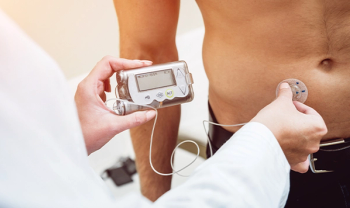
Offering rewards can be a great way to increase member engagement for patients with diabetes.
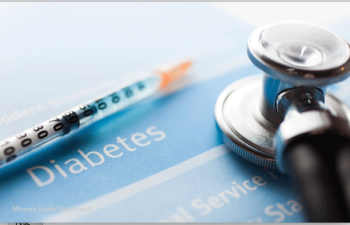
FDA approved the first and only ready-to-use insulin for IV infusion in hospitals and acute care settings.

FDA granted Fast Track designation to a popular diabetes drug to reduce the risk of cardiovascular death and hospitalization for heart failure in people with chronic heart failure.
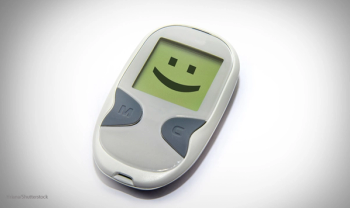
While aggressive early intervention may be useful for diabetes patients, that intervention must be sustained.

The leading problems that endocrinologists and educators see from their daily interactions with diabetes patients.

The prevalence of diagnosed diabetes in the United States has remained stable during the past eight years, even as obesity rates climb.

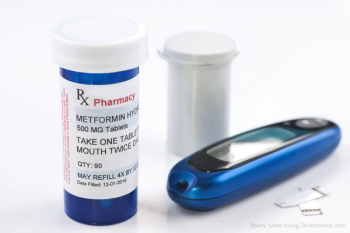
How new technologies are helping patients with diabetes better manage the disease.
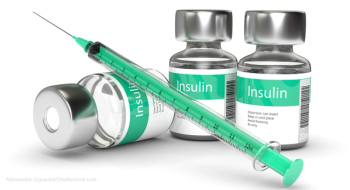
Diabetes is one of the nation’s costliest public health emergencies. Here are three fresh approaches that can make a difference.

A complex disease such as diabetes requires a team-based approach to help patients comply with their regimen.

How pipeline promises-and disappointments-are impacting patients with diabetes.

The disease management and insurer initiatives changing the diabetes landscape.

FDA fast-tracks biosimiliar insulin products to elevate competition.


FDA approved first interoperable insulin pump, as well as the only FDA-approved drug for patients with a neglected tropical disease.

Patients with diabetes care a lot about everything from price to choice-and you should too.

It’s no secret that diabetes costs the healthcare system billions every year. Here are some tips to help keep those costs in check.

These products aid in treating several conditions, but are insurers paying for them? Find out.

How continuous glucose monitors work, how doctors prescribe them, and whether payers are covering them.

New research has revealed that this approach could aid in the treatment of autoimmune diseases, as well as help with diabetes, chronic pain and numerous other conditions.
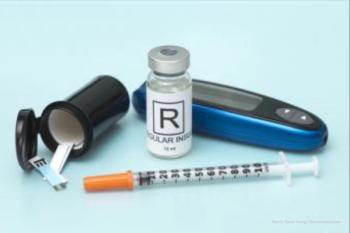
It can be tricky for individuals with this condition to effectively tackle their diabetes. Here’s how healthcare executives can help.

Patients must first get over these hurdles to achieve healthy outcomes. Here's how you can help.